Lunigiana: borderland of ancient castles and surprising nature, as well as the stage of our journey between Tuscany and Liguria, between sea and mountains.
Our eco-friendly holiday in Lunigiana
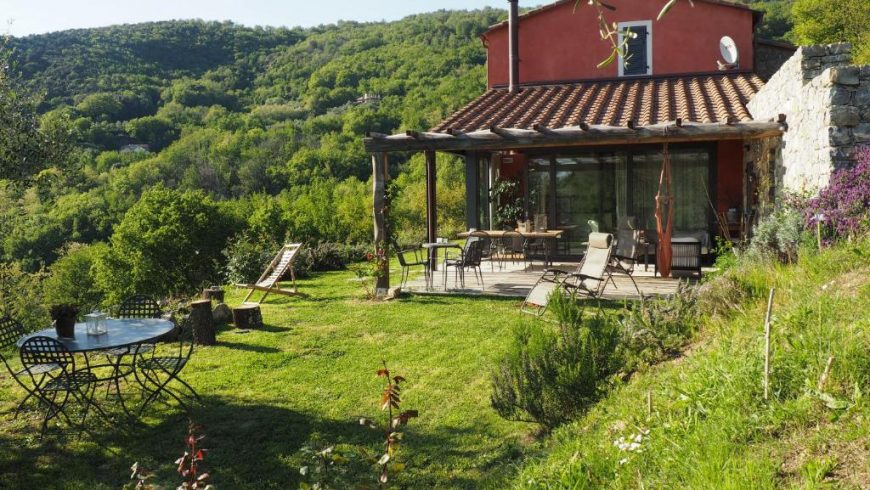
To discover Lunigiana we have chosen as a starting point an enchanting organic farm located at 300 meters above sea level, on the hills of Sarzana. Campo di Luna welcomes us in a very special location: the house, extremely efficient from an energy point of view, is surrounded by olive trees and fields where the hosts grow fruit plants, blackberries, raspberries, flowers and vegetables of all kinds with sustainable practices. A little further on there we can see a blue expanse: here we can experience all the beauty of the countryside looking at the sea.
The room is comfortable, we also have large common areas both inside and outside the house. For breakfast and dinner we can taste the delicacies produced on site.
What to see in Lunigiana
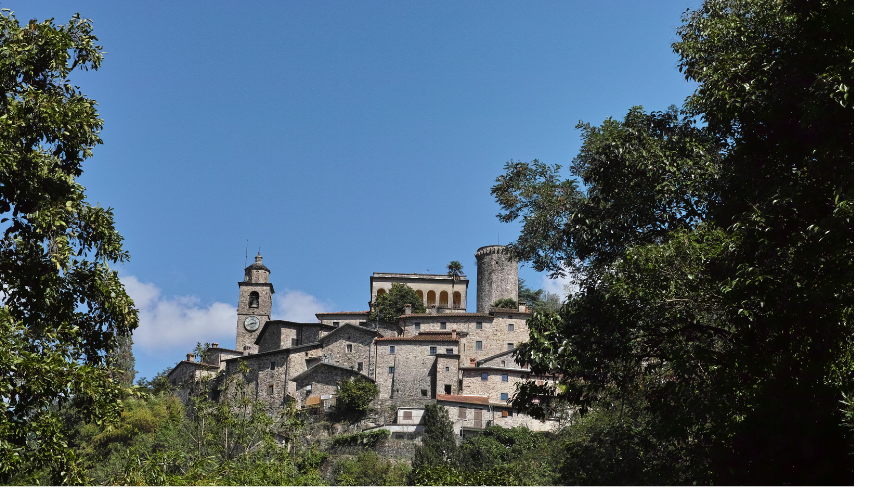
Now is the time to discover all the beauty of Lunigiana. This land, which takes its name from the ancient Roman colony of Luni (of which a beautiful archaeological site remains), today identifies itself with the Magra valley and the surroundings, in a territory that embraces different types of environments, a rich biodiversity and a character that is the perfect synthesis of different cultures and traditions.
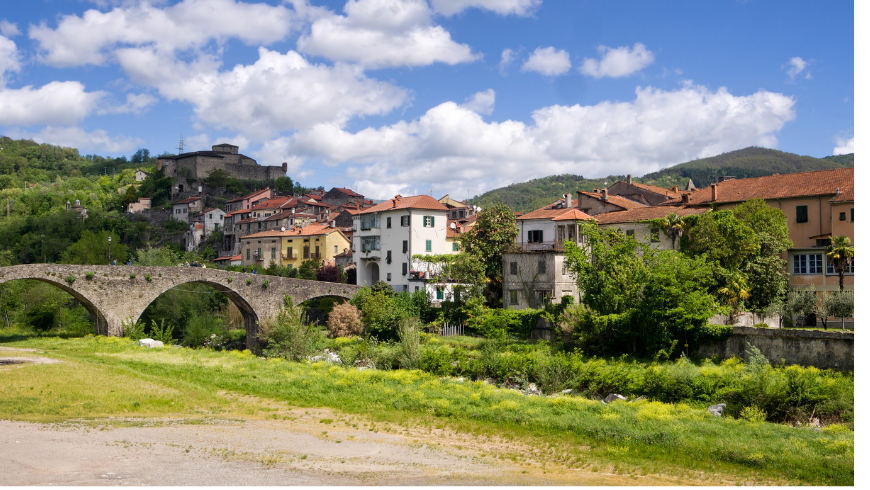
Castles surrounded by greenery, fascinating caves, elegant villages: where to start? Surely you cannot miss a visit to the suggestive Pontremoli, surrounded by hills and mountains. Getting there is like traveling back in time, both for its medieval bridges and for the Piagnaro Castle, which houses the Museum of Stele Statues, beautiful anthropomorphic sculptures that represent the most important testimony of prehistoric Lunigiana.
Also you must see the natural caves located in the medieval village of Equi Terme, also famous for its thermal baths. It is a fascinating and extensive underground karst system, shaped over the millennia by the action of water. Walking among caves, tunnels, stalactites and underground lakes is a truly suggestive experience.

Among the many villages that dot the Lunigiana, we have chosen Castelnuovo Magra with its typically Ligurian pastel colors, Sarzana with the Firmafede fortress wanted by Lorenzo Il Magnifico. We also visit Colonnata, surrounded by greenery and famous for its tasty lard.
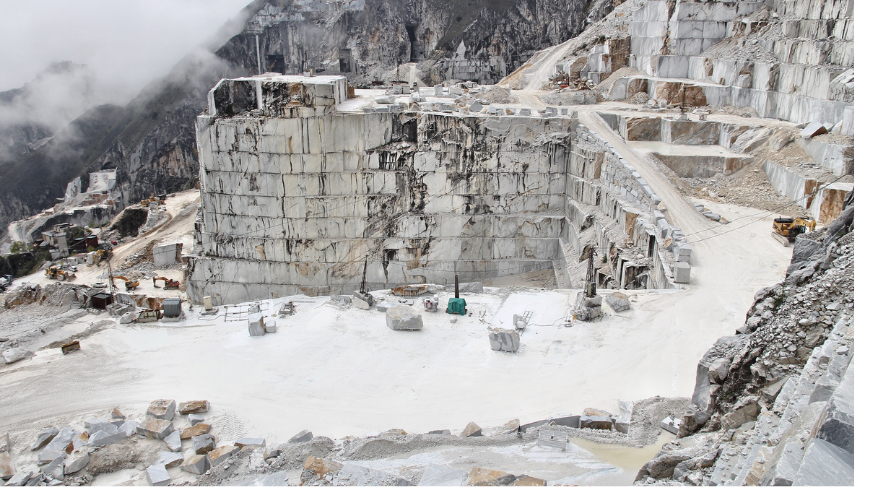
There is still so much to see, including castles, rivers and villages, but we certainly can’t miss the Carrara marble quarries.
Typical produces and local specialties
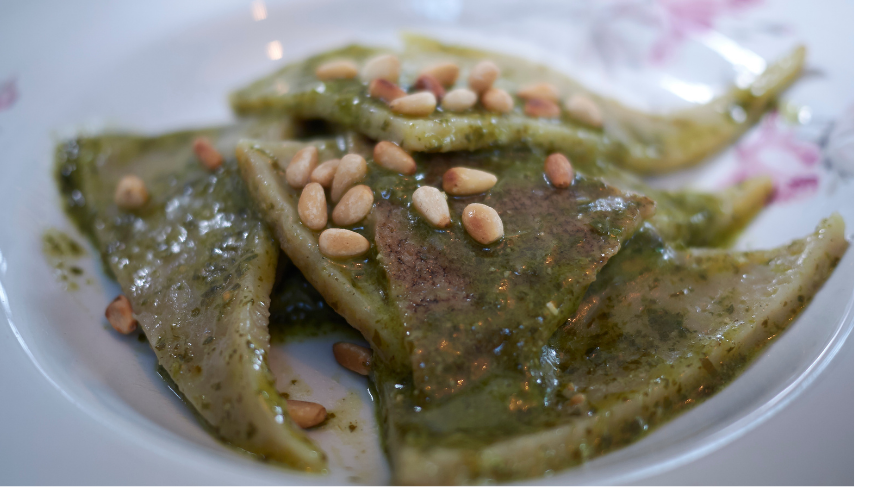
Spending a holiday in Lunigiana means enjoying its unique views, but it also means enjoying its food and wine heritage. The territorial diversities of Lunigiana translate in fact into an unparalleled gastronomic richness. Lunigiana honey was the first Italian honey to obtain the DOP mark and therefore we certainly must taste it. Then there is the typical chestnut flour, the Zeri potato and the Bigliolo bean. Among the recipes we recommend the testaroli with pesto, the panigacci of Podenzana and also the spongata, a great dessert.
The best itineraries in Lunigiana
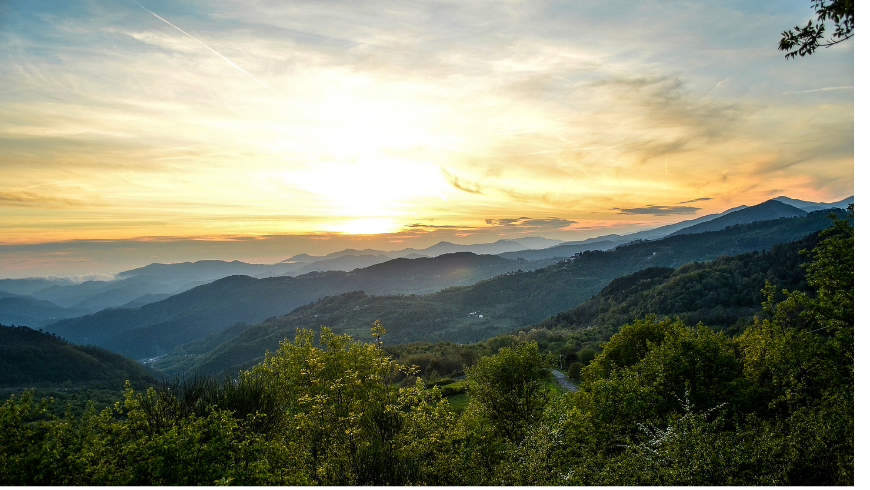
This rich and fascinating land hides beautiful paths and itineraries among its woods and ridges. The Via Francigena also passes here, in the first Tuscan stage of the pilgrimage. On foot, by mountain bike, to be done in a few hours or to be covered slowly throughout the journey. We have endless possibilities. For those who have time available, we recommend the Lunigiana Trail, a MTB route that allows you to discover all the beauty of this territory in 230 truly exciting kilometers, crossing valleys, streams and medieval villages with the company of the Apuan Alps.
Starting from the Pieve di Sorano towards Filattiera you can reach the Martinello. On the other hand, if you prefer to walk, we recommend the CAI 00 path, in the mountains of Pontremoli. It connects the Bratello Pass and the Borgallo Pass. You can also choose the CAI 116 path which leads you to Bagnone springs.
Between chestnut groves and medieval streets, the Lungiana is ready to surprise you with its pristine nature and its history.
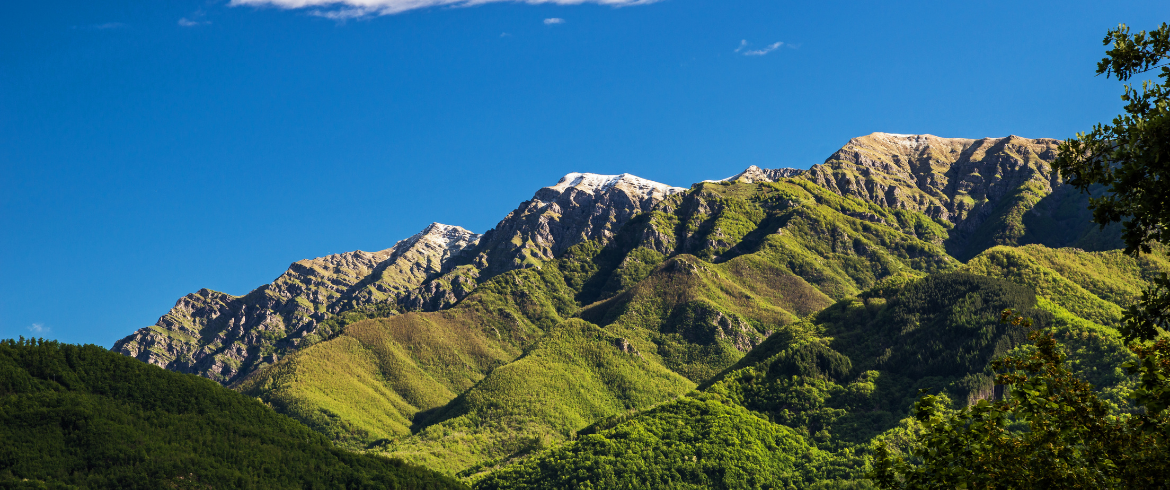
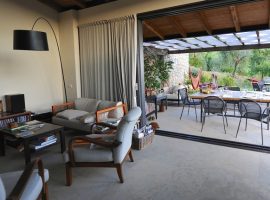
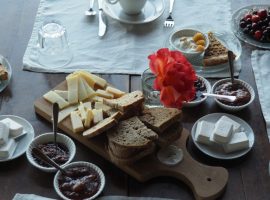
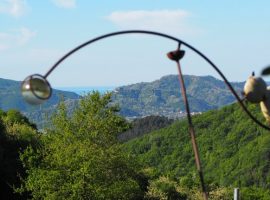
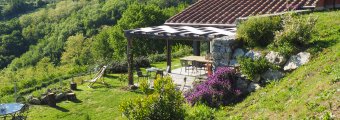 Agriturismo Campo di Luna – Green Farm house in Sarzana, La Spezia, Liguria, IT
Agriturismo Campo di Luna – Green Farm house in Sarzana, La Spezia, Liguria, IT